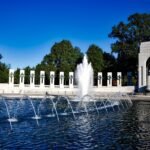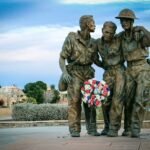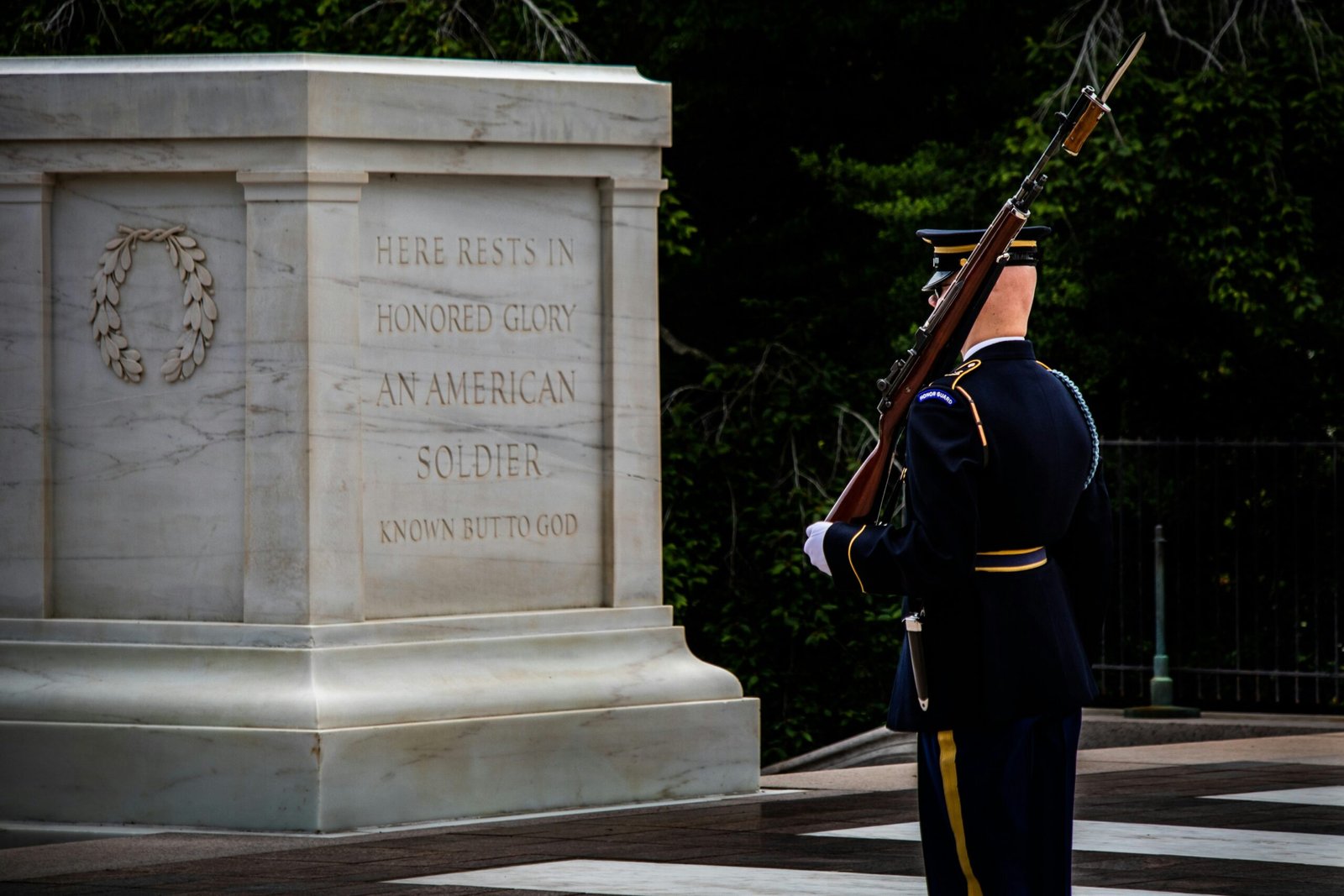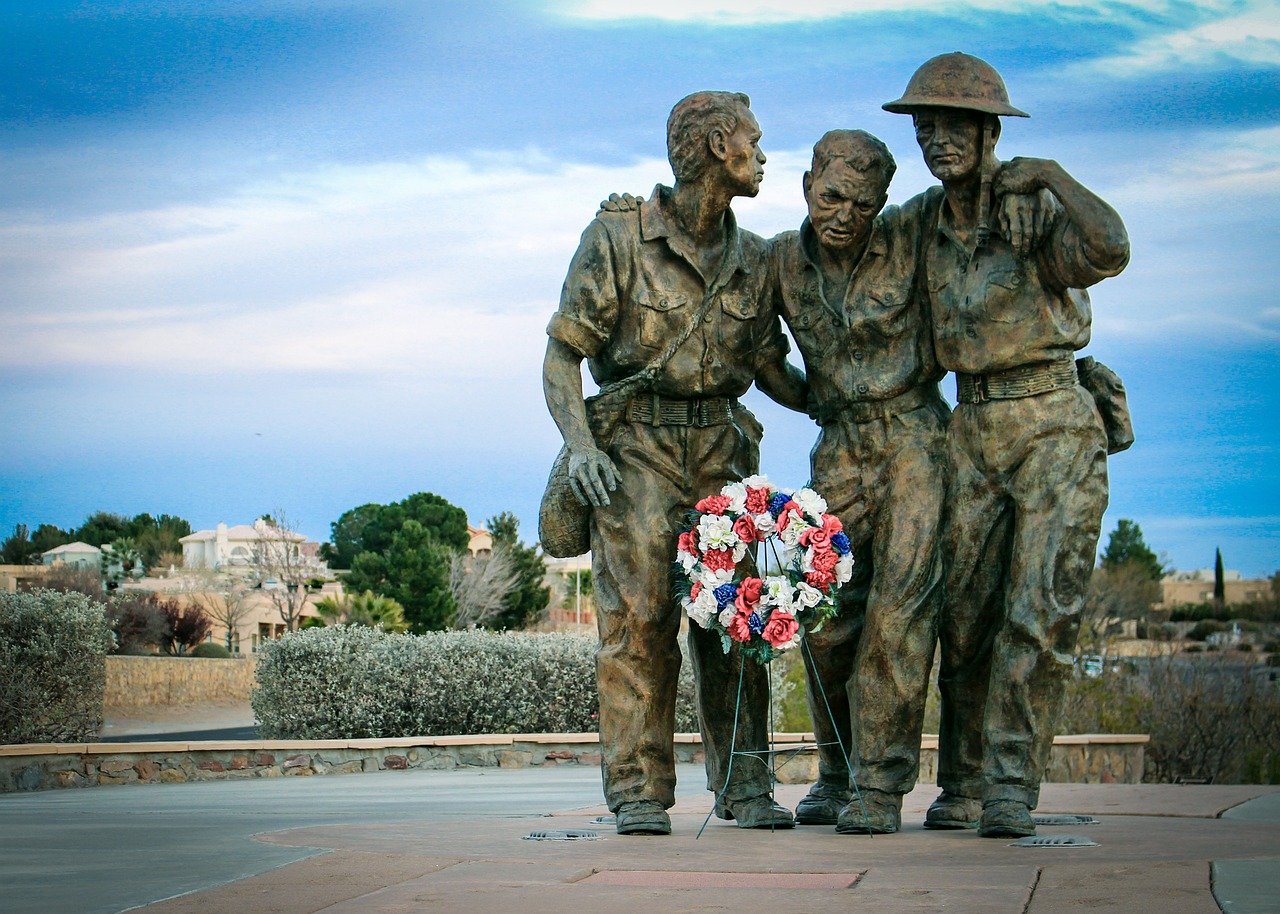The Early Years of Ford’s Theatre
Ford’s Theatre, founded in 1861, quickly became a key cultural landmark in Washington, D.C. Built by the Ford family, it featured Gothic Revival architecture and detailed décor that showcased the artistic trends of the time. Moreover, the theatre attracted locals and visitors with a range of performances, from Shakespearean plays to lively musicals.
In its early years, Ford’s Theatre was more than just a place for entertainment. For instance, it was a gathering spot for political and military figures, connecting art with politics. Furthermore, the theatre offered a much-needed escape during the Civil War and fostered community and resilience. Performances by famous playwrights, such as Shakespeare, highlighted the cultural richness of wartime America.
Additionally, Ford’s Theatre reflected the changing national mood. Its programming often included plays and speeches that commented on political issues, thus making it a platform for public discussion. This blend of art and political commentary significantly added to its reputation and influence. As tensions grew before President Abraham Lincoln’s assassination in 1865, Ford’s Theatre stood as a symbol of the vibrant and complex spirit of the era. To this day, it remains an important symbol of American history, where art, politics, and culture intersected.
The Assassination of Abraham Lincoln



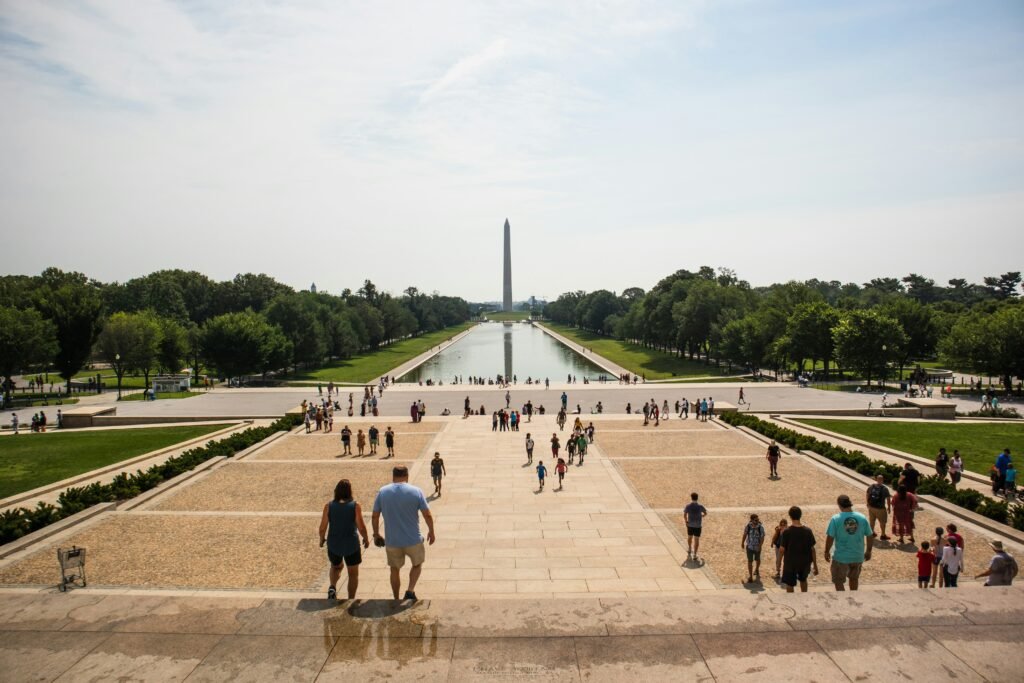
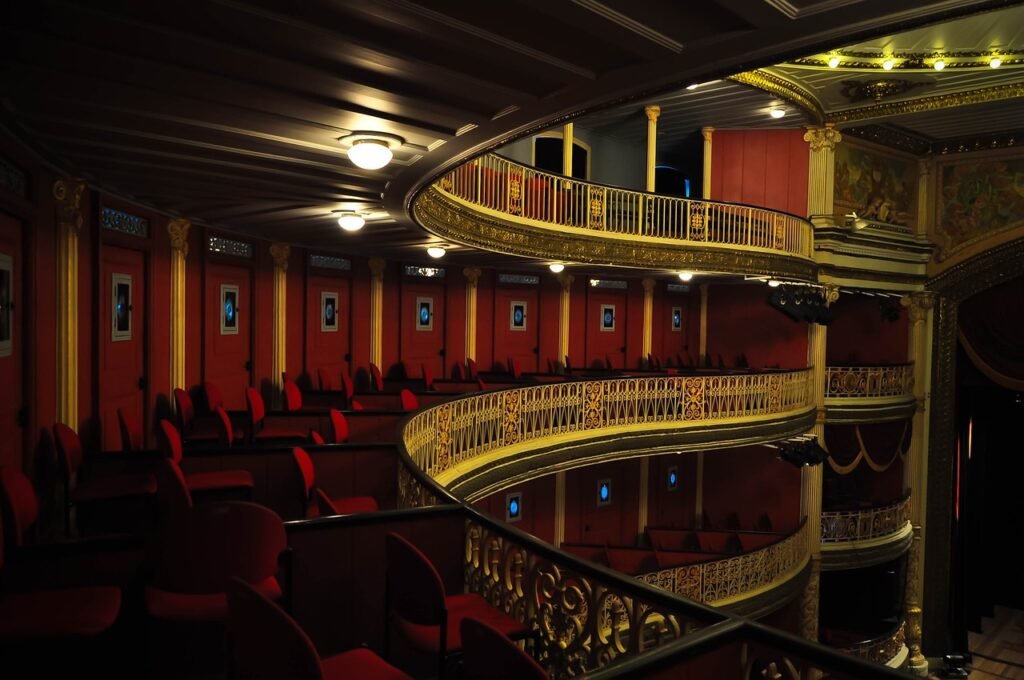

On the evening of April 14, 1865, Ford’s Theatre in Washington, D.C., became the site of a historic tragedy: the assassination of President Abraham Lincoln. Just as the nation was beginning to heal from the Civil War, Lincoln’s presence at the play Our American Cousin offered a rare moment of joy. The theater buzzed with laughter and camaraderie, contrasting with the political tension outside. Yet, a dark plot was already in motion.
Ford’s Theatre At about 10:15 PM, he fired a single shot from a .44 caliber revolver, hitting Lincoln in the back of the head. The theater erupted in chaos. Shocked patrons froze in place while others screamed and rushed to leave. Lincoln fell forward, gravely wounded and unresponsive. Attendees and staff quickly tried to help him, some even attempting to carry him to safety.
Booth’s motive for the attack was rooted in his strong opposition to Lincoln’s policies. He saw Lincoln as a tyrant who weakened the South and attacked the Constitution. Booth intended to strike a blow against a leader he despised and to inspire others to rebel. The assassination stunned the nation, deepening the divisions in a country already torn by war. Lincoln’s death sparked national grief that would last for generations, making Ford’s Theatre a lasting symbol of sacrifice and loss in American history.
The Aftermath and Transformation of Ford’s Theatre
After President Abraham Lincoln’s assassination on April 14, 1865, Ford’s Theatre changed from a lively entertainment venue to a place of mourning. The theatre closed its doors as the nation and local community processed the shock and grief of losing their leader. For several years, it remained closed, becoming a symbol of the tragedy that occurred within its walls and marking a period of inactivity for the once-popular cultural site.
Over time, Ford’s Theatre began to symbolize resilience. It reopened to the public in 1866, but the atmosphere had shifted. The theatre now carried a sense of reverence as a place to honor Lincoln’s legacy. It gradually resumed its original role as a performing arts venue while embracing its historical importance.
Preservation efforts aimed to honor and protect Ford’s Theatre’s legacy. Restoration projects ensured the theatre kept its architectural integrity and remained accessible to visitors. The establishment of the Ford’s Theatre National Historic Site in the 20th century was a key moment in these efforts. It allowed people to engage with the theatre’s history and Lincoln’s life and presidency.
Commemorative events, like the annual observance of Lincoln’s assassination, reinforced the theatre’s status as a place of reflection. These events remind visitors that the theatre is more than an entertainment venue; it is a crucial part of American history. Today, Ford’s Theatre stands as a vibrant symbol of the nation’s memory and resilience in the face of profound loss.
Ford’s Theatre Today: A Living Museum
Ford’s Theatre, once the site of one of America’s greatest tragedies, is now a significant historical site and performance venue. Located in Washington, D.C., it commemorates President Abraham Lincoln’s assassination and symbolizes American resilience and the importance of history.
Today, Ford’s Theatre operates as a living museum, preserving Lincoln’s legacy and educating visitors about the events that took place within its walls. Guided tours explore the theatre and the museum’s collection of Civil War and Lincoln artifacts. Visitors can walk through the very space where Lincoln was assassinated, creating a tangible connection to this pivotal moment in history.
The theatre also serves as an active performance venue, hosting classic plays and contemporary productions. These shows often incorporate themes related to American history, encouraging audiences to reflect on Lincoln’s life and impact. Ford’s Theatre further engages with the community through educational programs, including lectures, workshops, and symposia. These initiatives highlight different aspects of Lincoln’s life and the broader context of American history.
Preserving sites like Ford’s Theatre is vital for understanding the past. Such locations act as educational resources, teaching valuable lessons and inspiring future generations. Integrating the history of Ford’s Theatre into educational activities and community programs continues to shape public awareness of Lincoln’s contributions and the broader significance of history.der narrative of American history.
